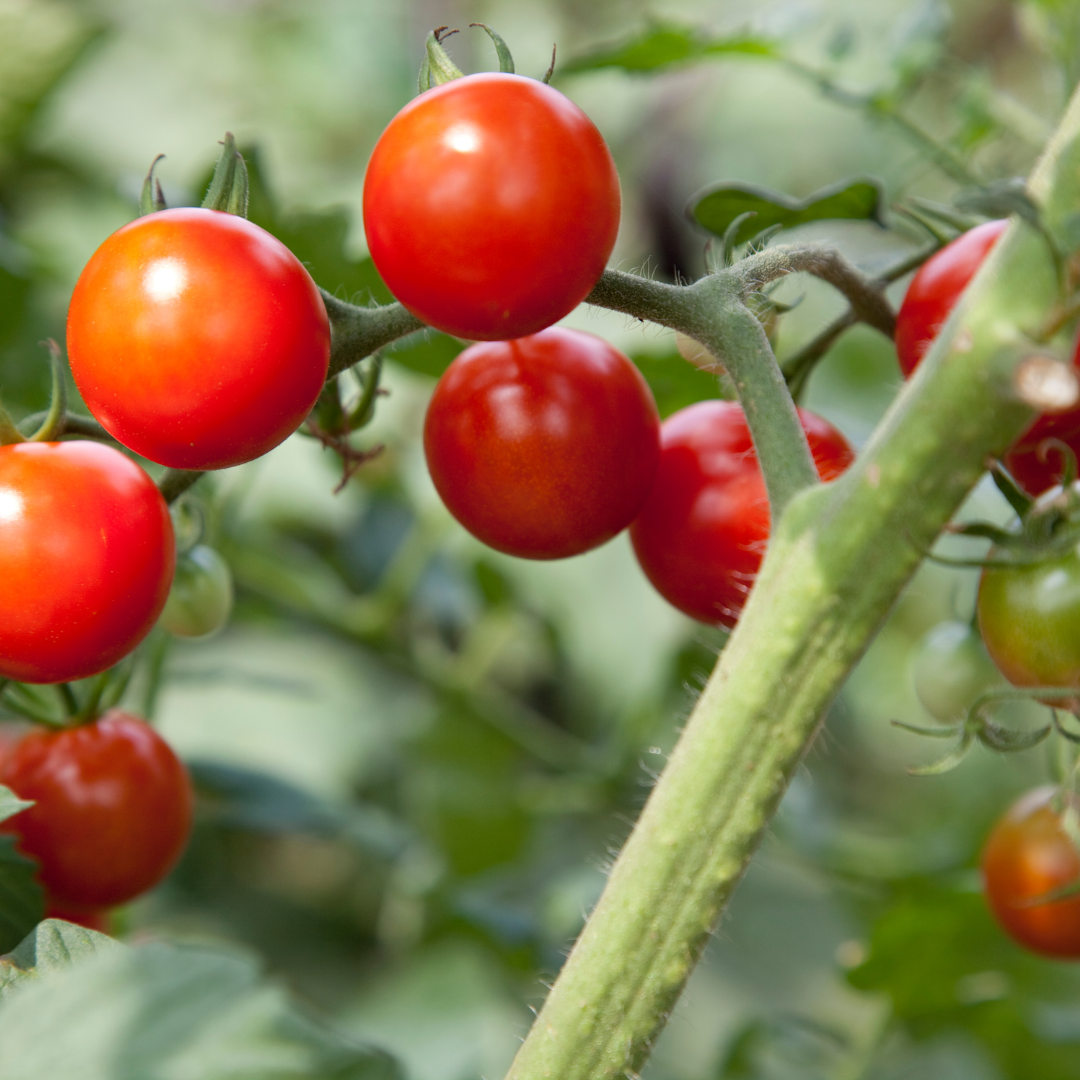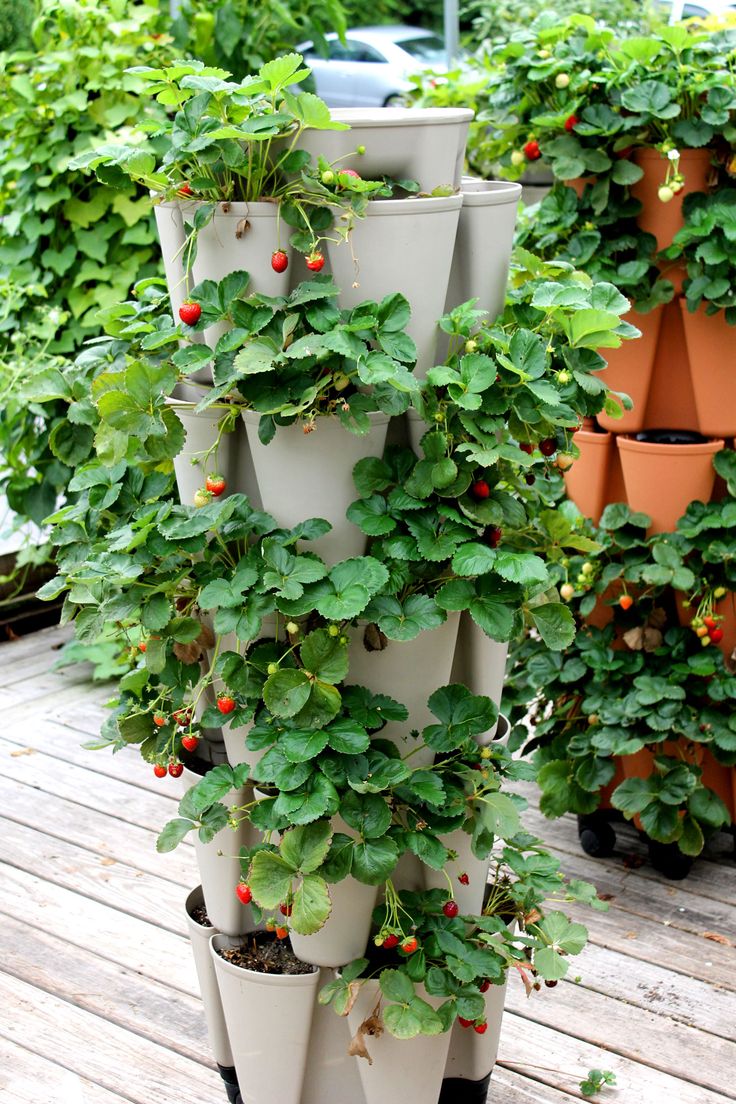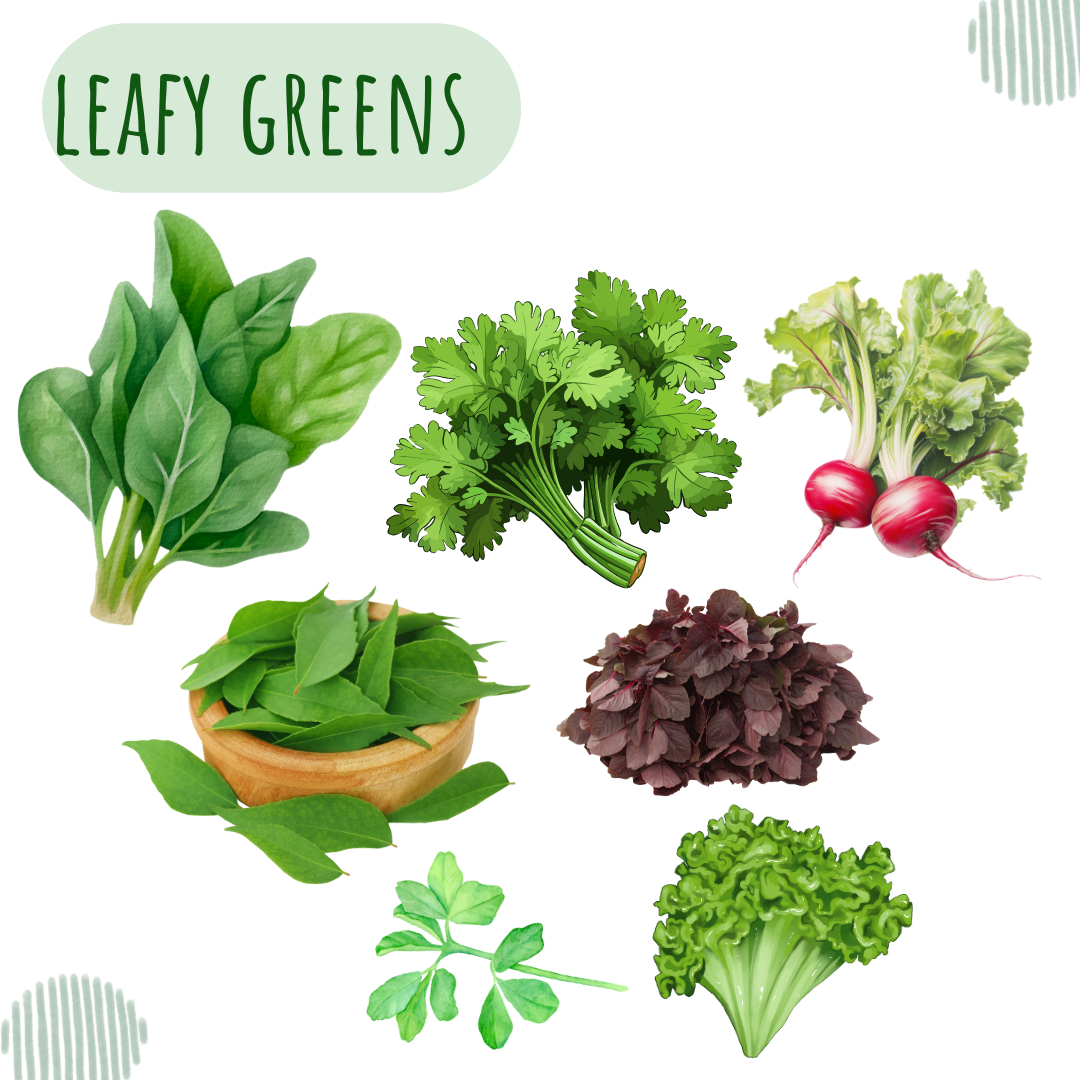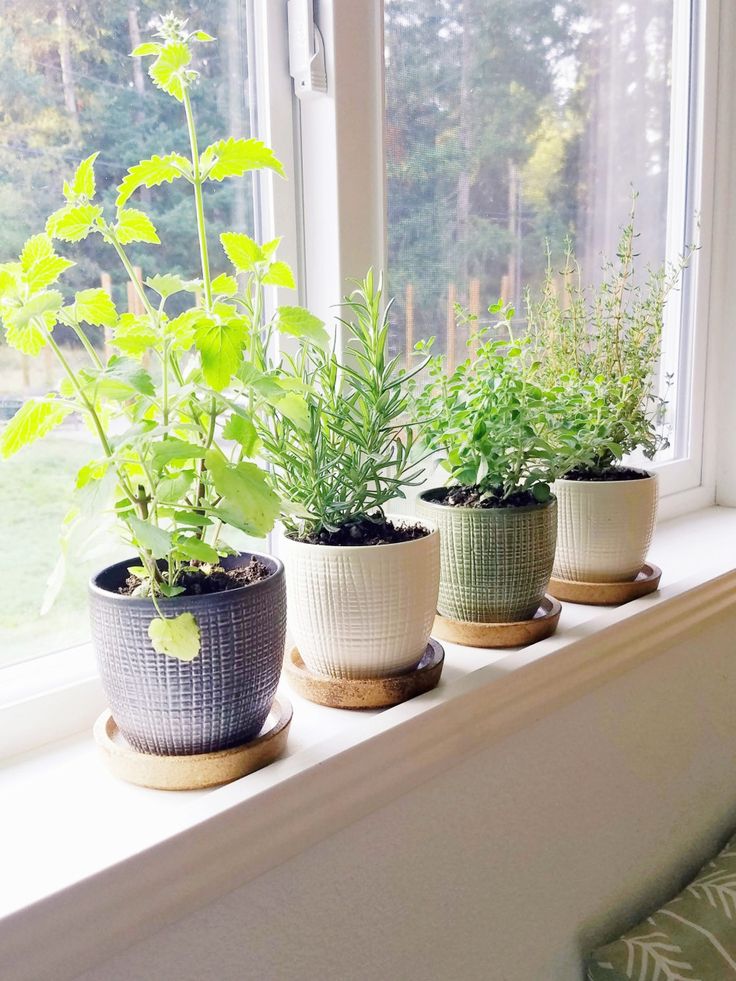Vertical gardening is more than a space-saving trend; it’s a pathway to healthier eating. By growing your food vertically, you can enjoy fresh, organic produce packed with Nutritional Benefits.
This method allows for controlled growing conditions, minimizing pesticide use and enhancing the nutritional value of your food.
In this article, we’ll explore the numerous nutritional advantages of vertical gardening and highlight some of the best nutrient-rich plants to grow in your vertical garden, promoting a healthier diet and lifestyle.
Table of Contents
ToggleNutritional Advantages of Vertical Gardening
Vertical gardening provides fresh, organic produce that is often more nutrient-dense than store-bought options. By controlling growing conditions and minimizing pesticide use, you can ensure higher nutritional value in your food.
Freshly harvested vegetables and fruits retain more vitamins and minerals. Additionally, growing your food reduces exposure to contaminants, offering a safer, healthier alternative to conventional produce.
Vertical gardening supports a diverse and balanced diet, contributing to overall health and well-being.
Examples of Nutrient-Rich Plants for Vertical Gardens
Vertical gardens offer the perfect environment for a variety of nutrient-rich plants. Here are some top choices:
1. Leafy Greens
- Lettuce: High in vitamins A, K, and C. Provides a fresh, crisp addition to salads.
- Spinach: Packed with iron, calcium, and vitamins A, C, and K. Great for salads, smoothies, and cooked dishes.
- Kale: Rich in antioxidants, vitamins A, C, and K, as well as calcium and fiber. Versatile for salads and soups.
2. Herbs
- Basil: Contains vitamins A, K, and C, along with magnesium. Adds flavor to a variety of dishes, from salads to pastas.
- Parsley: High in vitamins A, C, and K, and rich in antioxidants. Perfect for garnishing and enhancing the flavor of meals.
- Cilantro: Offers vitamins A, K, and C. Adds a fresh, tangy flavor to salsas, salads, and many other dishes.
3. Tomatoes

- Cherry Tomatoes: Rich in vitamin C, potassium, and lycopene. Great for salads, snacking, and cooking.
- Heirloom Tomatoes: High in vitamins A and C, and lycopene. Excellent for fresh eating, salads, and sauces.
4. Peppers

- Bell Peppers: Contain high levels of vitamins A and C, and antioxidants. Sweet and crunchy, ideal for salads, stir-fries, and snacking.
- Chili Peppers: Rich in vitamins A and C. Add a spicy kick to dishes, enhancing flavor and heat.
5. Strawberries

- Ever-bearing Varieties: High in vitamins C and K, fiber, and antioxidants. Perfect for snacking, desserts, and adding to breakfast dishes.
6. Other Nutritious Options
- Cucumbers: Hydrating and low in calories, cucumbers are rich in vitamins K and C. They are excellent for salads and snacks.
- Radishes: Packed with vitamin C, fiber, and antioxidants. Add a spicy crunch to salads and dishes.
- Carrots: High in beta-carotene (vitamin A) and fiber. Great for snacking, salads, and cooking.
Healthier Diet with Vertical Gardening
Vertical gardening promotes a healthier diet by providing easy access to fresh, nutrient-rich produce. Growing vegetables and herbs vertically ensures they are readily available for meals, encouraging increased consumption of fresh greens and flavorful herbs.

This direct access to homegrown produce enhances the nutritional quality of meals, offering higher levels of vitamins, minerals, and antioxidants compared to store-bought options.
Additionally, the satisfaction of harvesting your food promotes mindful eating and healthier food choices.
Vertical gardening also supports a diverse diet, allowing for a variety of plants to be grown simultaneously, contributing to overall health and well-being.
Increased Vegetable Consumption
Vertical gardening facilitates increased vegetable consumption by making fresh produce more accessible. With vegetables growing at eye level or within easy reach, individuals are encouraged to incorporate them into daily meals.
This convenience leads to a higher intake of nutrient-packed vegetables like leafy greens, tomatoes, and peppers, which are essential for a balanced diet.

The freshness and flavor of homegrown vegetables also motivate healthier eating habits, reducing reliance on processed foods.
By cultivating a diverse range of vegetables in vertical gardens, individuals can enjoy a continuous supply of nutritious produce, supporting overall health and promoting sustainable food choices.
Sustainability and Nutrition
Vertical gardening combines sustainability with nutrition by optimizing space and resources. It reduces environmental impact by conserving water and minimizing pesticide use compared to traditional farming methods.
By growing food close to home, vertical gardens diminish the carbon footprint associated with transportation and packaging.

Sustainable practices enhance soil health, promoting nutrient-rich produce without compromising future resources. Nutritionally, homegrown vegetables and herbs are fresher and more nutrient-dense, offering vitamins, minerals, and antioxidants crucial for health.
Vertical gardening thus not only supports eco-friendly lifestyles but also ensures a continuous supply of wholesome, fresh produce, contributing to a healthier diet and sustainable food systems.
Environmental Benefits
Vertical gardening offers significant environmental benefits. It optimizes space, allowing more plants to grow in smaller areas, and reducing the need for large agricultural land.
This method conserves water through efficient irrigation systems and minimizes runoff. By growing food locally, vertical gardening reduces the carbon footprint associated with long-distance transportation and packaging.

It also decreases the reliance on harmful pesticides and synthetic fertilizers, promoting healthier ecosystems.
Additionally, vertical gardens can improve air quality and increase urban green spaces, contributing to biodiversity and reducing urban heat islands. Overall, vertical gardening supports sustainable living and environmental conservation.
Conclusion:
Vertical gardening offers numerous nutritional and environmental benefits. It provides easy access to fresh, nutrient-rich produce, promotes a healthier diet, and supports sustainable living.
By optimizing space and resources, reducing environmental impact, and enhancing food quality, vertical gardening is a valuable practice for anyone looking to improve their health and contribute to a greener planet.
Embrace vertical gardening to enjoy fresh produce and make a positive environmental impact.


